I’m home in Japan as of two days ago but today–9 August 2009–Singapore is celebrating its 44nd birthday with parades, fireworks, concerts and flags flying from every building and balcony. Here’s a little story for you….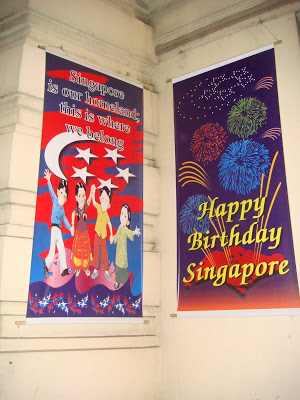 It’s 1942. At the far edge of the world on the southern tip of Asia the British trading post Singapore prepared for war. Guns towered high over the South China Sea on Pulau Blakang Mati, a small island later renamed Sentosa Island. The British built Fort Sentosa on the island in the 1880’s to protect Singapore’s Keppel Harbour and the coal stored there. The name “Pulau Blakang Mati” comes from the Malay tongue, meaning, “Island of Those Who Die Behind” after a malaria outbreak in the 1830s that killed most of the island’s settlers. A century later, cannons and guns faced the clear blue-green sea while British, Chinese, Malay and Indian soldiers put cultural tensions tentatively aside while they waited in the tunnels under the island for the attack they knew would come.
It’s 1942. At the far edge of the world on the southern tip of Asia the British trading post Singapore prepared for war. Guns towered high over the South China Sea on Pulau Blakang Mati, a small island later renamed Sentosa Island. The British built Fort Sentosa on the island in the 1880’s to protect Singapore’s Keppel Harbour and the coal stored there. The name “Pulau Blakang Mati” comes from the Malay tongue, meaning, “Island of Those Who Die Behind” after a malaria outbreak in the 1830s that killed most of the island’s settlers. A century later, cannons and guns faced the clear blue-green sea while British, Chinese, Malay and Indian soldiers put cultural tensions tentatively aside while they waited in the tunnels under the island for the attack they knew would come. 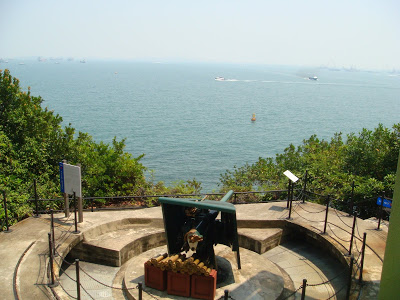
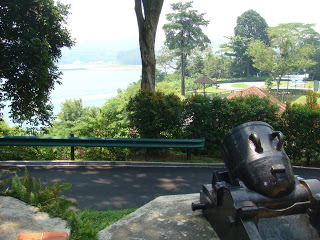 They destroyed oil fields and fuel reserves to keep them from falling into enemy hands, and when the British received permission from London to surrender the fallen Singapore in February 1942, they pushed all the cannons into the jungle or over cliffs into the sea below. I never realized how worldwide World War II was. I knew it had Asian components but I’d always learned about those as an afterthought to the ‘real’ battle being played out in Europe. But Japan’s strategy made sense—they had just defeated Russia in the Russo-Japanese War of 1905, marking the first time an Asian army defeated a European force. It also sparked Russian discontent with the Tsarist government and contributed to the Russian Revolution of 1905.
They destroyed oil fields and fuel reserves to keep them from falling into enemy hands, and when the British received permission from London to surrender the fallen Singapore in February 1942, they pushed all the cannons into the jungle or over cliffs into the sea below. I never realized how worldwide World War II was. I knew it had Asian components but I’d always learned about those as an afterthought to the ‘real’ battle being played out in Europe. But Japan’s strategy made sense—they had just defeated Russia in the Russo-Japanese War of 1905, marking the first time an Asian army defeated a European force. It also sparked Russian discontent with the Tsarist government and contributed to the Russian Revolution of 1905. 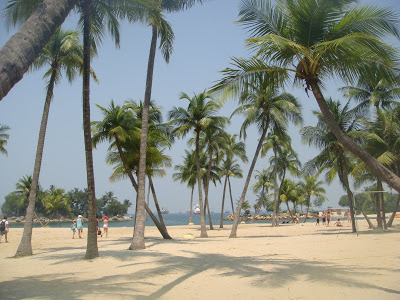
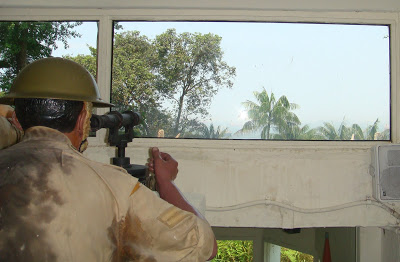 The Japanese renamed Singapore “Syonan-To,” meaning “Light of the South” and began a clever process of pitting Singapore’s many ethnic groups against each other. They executed between 6,000 and 20,000 Chinese men. They promised Indians Japanese support for an independent India free from British rule. They took the Malaysians and elevated their status to privileged, almost royalty. They told Eurasians to choose an Asian heritage and forget any European ancestry. After Japan’s unconditional surrender in 1945, Singapore was forfeited back to British control, but the Japanese occupation made it impossible for its people to go back to being a colony. Singaporeans united under a common desire for self-sufficiency and joined the Malaysian Federation in 1963 before splitting off and becoming an independent country two years later.
The Japanese renamed Singapore “Syonan-To,” meaning “Light of the South” and began a clever process of pitting Singapore’s many ethnic groups against each other. They executed between 6,000 and 20,000 Chinese men. They promised Indians Japanese support for an independent India free from British rule. They took the Malaysians and elevated their status to privileged, almost royalty. They told Eurasians to choose an Asian heritage and forget any European ancestry. After Japan’s unconditional surrender in 1945, Singapore was forfeited back to British control, but the Japanese occupation made it impossible for its people to go back to being a colony. Singaporeans united under a common desire for self-sufficiency and joined the Malaysian Federation in 1963 before splitting off and becoming an independent country two years later.
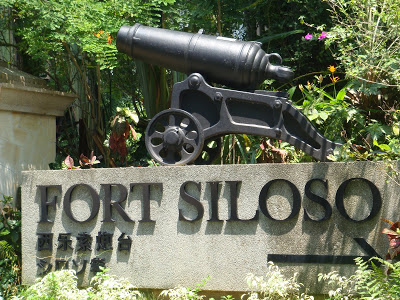
 Christma$ Cookie$ of $ucce$$
Christma$ Cookie$ of $ucce$$ Museum Family Date!
Museum Family Date! we PARTY for our birthdays!
we PARTY for our birthdays!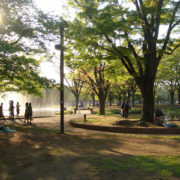 Yoyogi Koen
Yoyogi Koen
Interesting. Lots going on in this big world of ours! BTW, was there a revolution in Russia in 1905 (your post) as well as the one in 1917? I didn't know that.